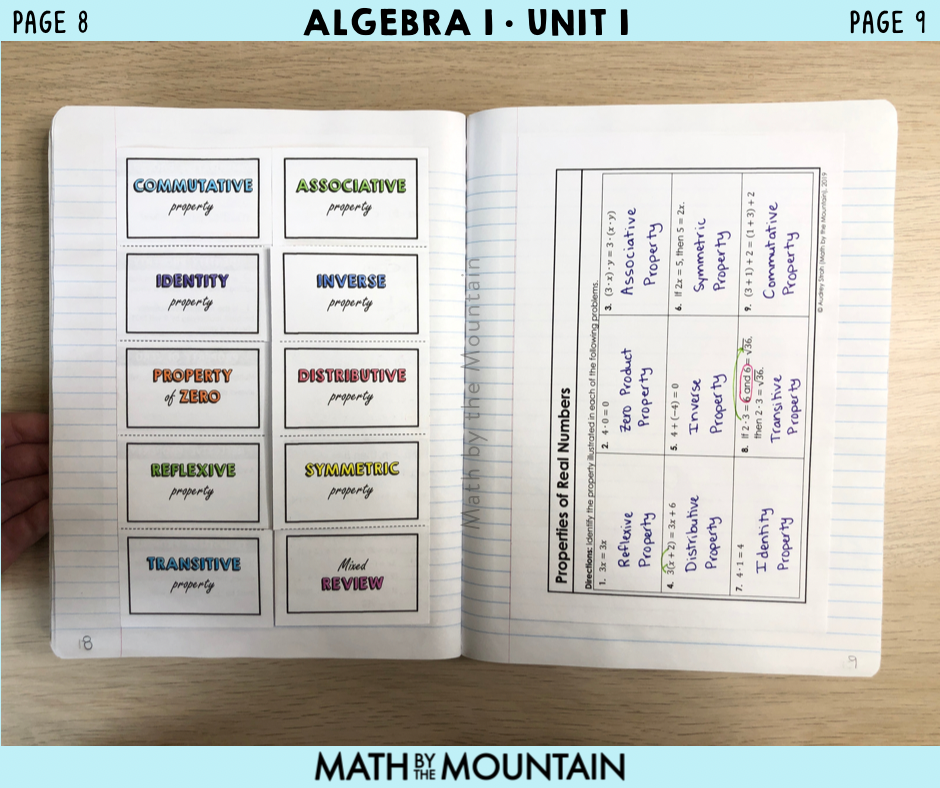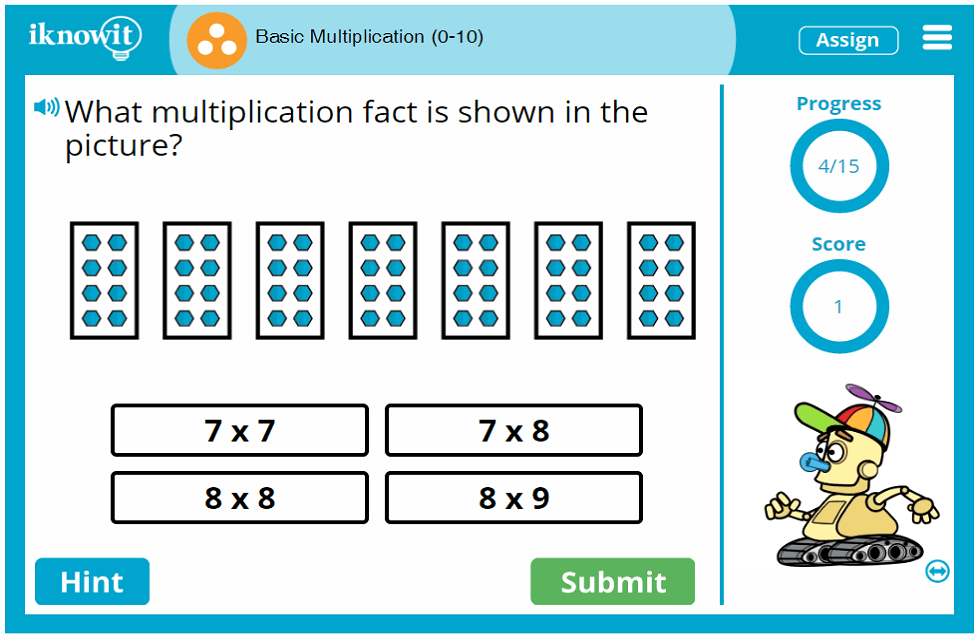
If you are interested in teaching in another state but do not have a license, teaching reciprocity may be a great option. You should be aware of a few things before making the move. The Interstate contract for teacher certificate, NASDTEC is important information. Also, you need to know the benefits of licensure within another state.
NASDTEC
If you are interested teaching in another state, the NASDTEC Agreement will allow you to transfer your license between states. It allows educators in different states to work together without having to complete additional courses or renew a license. It facilitates both the licensing of teachers and recruiters.
NASDTEC, a member-based organisation, offers a range of benefits including newsletters, KnowledgeBase full access, webinars on ethics, and other important topics. Membership also allows you to reach out to the office responsible for licensing and certifying educators.

Interstate contract for teacher certification
An interstate agreement for teacher certification allows participating states to agree on reciprocity of certification. It was created to meet the needs of teachers who move frequently, as well as to respond to teacher shortages across the country. It allows teacher certifications between states. This encourages teacher mobility, and increases teacher access to high-need regions. The agreement includes more than 50 state, Guam (the District of Columbia), Puerto Rico, Guam, Guam, Puerto Rico and several Canadian provinces.
The agreement specifies the requirements for accepting out-of-state teacher certifications and preparation programs. Each certificate must be evaluated under the terms of the agreement. Although there may be differences between certification programs from different states, state education departments strive to match grades and credentials.
For obtaining a licence in another state, there are certain requirements
Understanding the requirements to apply for a teaching license is crucial before you do so. Different states have different requirements, but they all require that you have some teaching experience. At least two years of teaching experience is required in Nebraska. Additionally, you will need to submit written evidence of your teaching experience. A majority of states will also accept a master's degree in lieu of specific requirements. However, it is important to verify with your new state first.
Before you apply to a state for a teaching certificate, check whether you are eligible for reciprocity. Although most states have reciprocity agreements, this does not mean that you can transfer your teaching license to another state. You'll need coursework and to pass the Constitution exam to get a reciprocity accord.

The benefits of getting a license from another state
Obtaining a teaching license in another state can be advantageous for teachers in many different ways. Teachers can then move to a new place and take on challenging jobs. For young teachers, full reciprocity can be especially advantageous as they may be more open to new challenges. There are also advantages for teachers with more experience. Teachers may not be able to get hired in certain high-demand fields due to bureaucratic requirements.
Some states have state-sponsored agreements, which can speed up the process. This can make the process quicker and less time-consuming. If you are unable to relicense due to the tedious process, you may be eligible for unemployment benefits.
FAQ
How much does homeschooling cost?
Homeschooling comes with no fees. Some families charge between $0-$20 per lesson. Others offer their services free of charge.
It takes effort and dedication to homeschooling. Parents must have enough time to devote to their children.
They must also have access to books, supplies, and other learning tools. Many homeschoolers need to access community programs and events to complement their curriculum.
Parents must consider the costs associated with transportation, tutors, and extracurricular activities.
Homeschoolers must also plan ahead to take part in field trips, vacations, or special occasions.
What is a vocational school?
Vocational schools offer programs specifically for people who wish to pursue a career in a certain field. These schools may offer general education and training in the skills required by employers.
Vocational education has a significant role to play in society. It helps young people gain the skills they need to succeed. It provides high-quality learning opportunities for all students.
The vocational school offers a wide range of options to its students. These include certificates, diplomas and degrees, as well as apprenticeships and certificates. Vocational schools provide both academic and practice-oriented subjects such as math and science, English and social studies.
What are the main types of early education?
There are many ways that early childhood education can be described. These are the most popular:
-
Preschool - Children ages 2 to 5
-
PreKindergarten for children aged 4-6
-
Head Start/Hestart - Children aged 0-3
-
Day Care/Daycares - Children from 0-5 Years
-
Child Care Centers: Children from 0-18
-
Family Child Care - Children ages 0 to 12
-
Home Schooling - Children ages KG to 16
What is early child education?
Early Childhood Education (ECE) is a field that helps children to become healthy and happy adults. It includes everything from teaching them how to read to prepare them for kindergarten.
Early childhood education has the goal of helping children learn and grow by offering them age-appropriate experiences.
Many early childhood educators are called upon to evaluate the developmental needs of every child they meet. This assessment helps determine whether a particular program would benefit each individual child.
Early childhood programs also provide opportunities for parents to interact with teachers and other professionals who have experience working with young children.
A key role in early childhood education is also played by parents. They should know how to take care of their children properly and provide support and guidance when necessary.
Parents can also join activities to teach their children skills that will be useful throughout their lives.
While preschool education is sometimes called early child education, the term is also used interchangeably to describe daycare centers. Prekindergarten education begins at three years of age, but early childhood education can begin around three.
Statistics
- Data from the Department of Education reveal that, among 2008 college graduates, 92.8 percent of humanities majors have voted at least once since finishing school. (bostonreview.net)
- “Children of homeowners are 116% more likely to graduate from college than children of renters of the same age, race, and income. (habitatbroward.org)
- In most developed countries, a high proportion of the population (up to 50%) now enters higher education at some time in their lives. (en.wikipedia.org)
- Among STEM majors, that number is 83.5 percent. (bostonreview.net)
- Globally, in 2008, around 89% of children aged six to twelve were enrolled in primary education, and this proportion was rising. (en.wikipedia.org)
External Links
How To
What is vocational training?
Vocational Education is an educational system that prepares students for employment after high school or college by providing them training in specific skills needed for a particular job (such as welding). You can also get on-the job training through apprenticeship programs. Vocational education stands out from general education. This is because it focuses less on general knowledge and more on developing skills for specific occupations. Vocational training is not designed to prepare individuals for university but rather to assist them in finding jobs upon graduation.
Vocational education is available at all levels of education, including primary, secondary, high school, college, universities, technical institutes as well as trade schools, community colleges and junior colleges. There are also many specialty schools like nursing schools and law schools, legal schools, medical schools and dental schools as well as veterinary medicine, veterinary medicine, firefighting, police academies and military academies. Many of these offer both academic instruction, and practical experience.
In recent decades, many countries have made large investments in vocational training. However, it is not clear if vocational education is effective. Some critics say it does not improve students' employability. Other argue that it prepares them well for life beyond school.
The U.S. Bureau of Labor Statistics has estimated that 47% of American adults hold a postsecondary certificate or degree related to their current occupation. This percentage is higher among those with higher education. 71% percent of the 25-29 year olds with a bachelor's degree are currently working in fields that require postsecondary credentials.
In 2012, the BLS reported that nearly half of the nation's adult population had at least some form of postsecondary credential. Around one-third of Americans hold a two or four-year associate degree. One in five Americans has a master's or doctorate.
The median annual wage of a bachelor's degree holder was $50,900 in 2013, compared with $23,800 for someone without one. For those with advanced degrees, the median wage was $81,300.
The median income for those who have not completed high school was just $15,200. The median annual income for those with less than a high-school diploma was $13,000